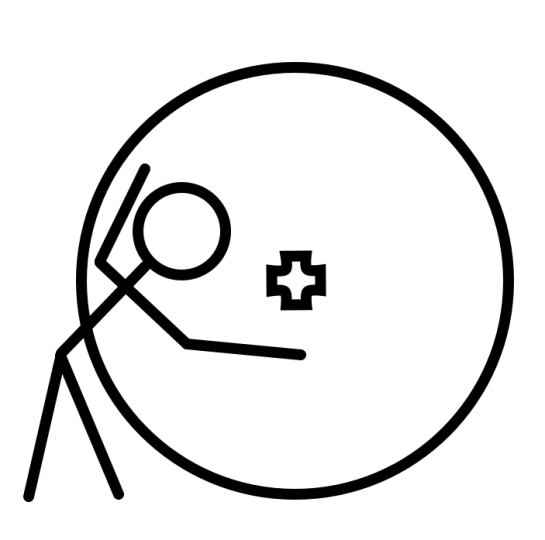Riding Productivity Waves
Inspired by James Lawther’s recent book “Managed by Morons”
What Defines Productive Behaviour?
James Lawther’s recent book “Managed by Morons” provides sharp insights into organisational behaviours that make or break productivity. Highly productive organisations often display patterns such as open communication, frequent knowledge sharing, and constructive feedback loops. These patterns create a conducive environment for efficiency, adaptability, and consistent growth.
What Leads to Dysfunction?
On the flip side, dysfunctional organisations exhibit signs of poor communication, stifling bureaucracy, and a toxic work culture. These negative behaviour patterns often stem from flawed management practices, including the suppression of employee autonomy, micro-management, and an emphasis on rigid protocols over innovative thinking.
Are There Middle-Ground Patterns?
Yes, some organisations walk the tightrope between being productive and dysfunctional. Such organisations may have sporadic spurts of productivity, followed by phases of stagnation. Identifiable patterns in these organisations might include inconsistent management styles, fluctuating employee morale, and a lack of stable systems or processes.
How to Shift from Dysfunction to Productivity?
Organisational psychotherapy offers a profound approach to transition from dysfunction to productivity. Unlike traditional methods that may only tackle symptoms, organisational psychotherapy aims to address the root causes of the issues plaguing the workplace.
- Open Dialogue: Initiating open conversations allows for the identification of deeply ingrained patterns and beliefs that are contributing to dysfunction.
- Safe Space Creation: A non-judgmental and confidential environment enables employees and management to express and discuss concerns and insights that might otherwise remain unspoken and undiscussable.
- Deep Inquiry: This involves asking thought-provoking questions to stimulate critical thinking, and fostering awareness of underlying issues that demand attention and remediation.
- Shared Understanding and Action: Once there’s clarity about dysfunctional collective assumptions and beliefs, the organisation can decide on actions to disrupt the dysfunctional patterns and encourage behaviours that enhance productivity.
- Ongoing Reflection and Adaptation: Organisational psychotherapy is not a one-time event but an ongoing process. Consistently review behavioural patterns and make adjustments to ensure that the shift towards productivity is enduring and effective.
By utilising organisational psychotherapy, you go beyond surface-level fixes to foster a workplace culture that is inherently more adaptive, engaged, and ultimately, more productive.
Final Thoughts
In any organisation, behaviour patterns can indicate the level of productivity or dysfunction. Identifying these patterns early on can save an organisation from a downward spiral or propel it to new heights. It’s crucial to examine these cues critically and, when necessary, take decisive action to instigate change.
Culture isn’t just one aspect of the game, it is the game.
~ Lou Gerstner, former CEO, IBM
And what dictates the culture of any organisation…?


